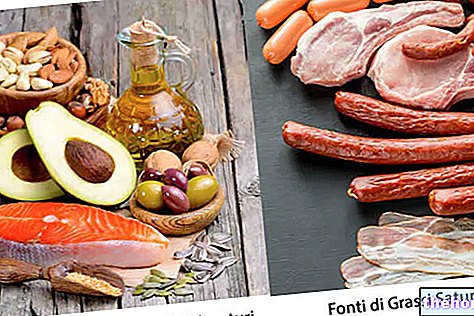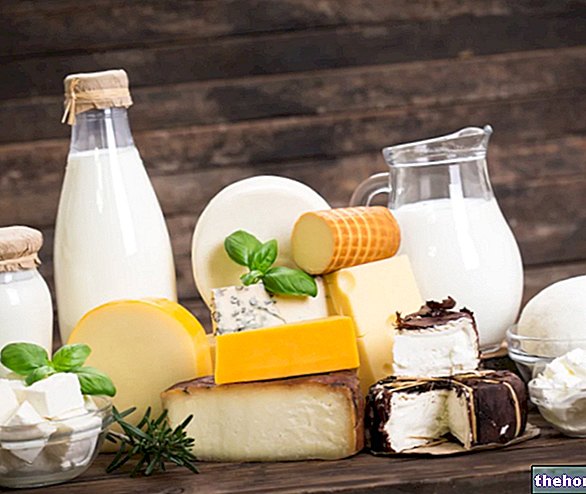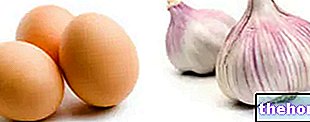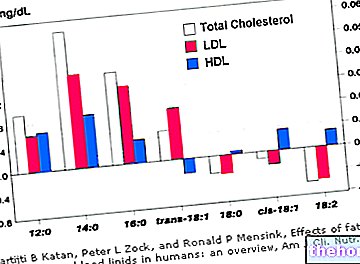In collaboration with Dr. Eleonora Roncarati
Chemical-physical composition
According to the laws, honey is essentially composed of different sugars, especially glucose and fructose, water, as well as organic acids, enzymes, and solid particles from the collection of nectar.
- SUGARS: they represent more than 95% of the dry matter of honey and therefore are the substances that mostly determine its physical properties such as viscosity, hygroscopicity, physical state (liquid or crystallized).
Hexoses, glucose and fructose, make up 90% of total sugars and have a dual origin: in part they derive from the nectar and in part from the hydrolysis of sucrose in the nectar operated by the invertase enzyme, secreted by the salivary glands of the bee. Generally the concentration of fructose (40%) is higher than that of glucose (30%). The glu / fru ratio is important since, being the former less soluble in water, its high concentration favors the tendency to crystallization; on the other hand, the high solubility of fructose, combined with its marked hygroscopicity, contribute to the preservation of the liquid state of honey.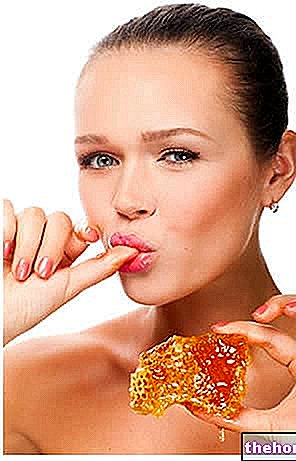
- WATER: the water content is one of the most important characteristics for honey as it affects its shelf life and consequently its quality. The optimal value can be defined around 17%. Very low values can cause difficulties in the manufacturing processes, values that are too high easily cause fermentation processes.
- ORGANIC ACIDS: the pH of honey is generally acidic, with values between 3.5 and 5.5, due to the presence of organic acids. The most represented acid is gluconic acid, a derivative of glucose by the action of gluco-oxidase. The acidity of the honey contributes, together with the osmotic pressure due to the very high sugar concentration, to ensure its microbiological stability.
- NITROGEN SUBSTANCES: they are hypo-represented in honey and are made up of free amino acids and proteins that derive from nectar or honeydew, or which are partly associated with pollen grains. They are therefore substances that can be associated in some way with the botanical origin of honeys.
- MINERAL SUBSTANCES: the concentration of mineral substances in honey can vary from 0.02% to 1% in relation to the botanical origin; K constitutes 75% of this fraction, accompanied by S, P, Ca, Ms, Fe, Cu, Mn Lighter colored honeys are generally poorer in minerals.
- TRACE COMPONENTS: ALDEHYDES, KETONES, ALCOHOLS, ESTERS, PIGMENTS (CAROTENOIDS, FLAVONOIDS, ANTHOCYANS, CHLOROPHILLS) responsible for the aroma.
Furthermore, honey must not be added with other ingredients, including additives, and must not contain organic and inorganic materials extraneous to its composition: it could in fact be contaminated by pesticides used in agriculture, pharmacologically active substances of beekeeping interest, chemical elements (lead and cadmium) of environmental derivation.
Honey in the Diet
The composition of honey
Honey is a sugary substance produced by bees by enzymatic transformation, based on the partial conversion of sucrose (nectar and honeydew) into simple sugars glucose and fructose. Similarly to nectar, it has a very variable composition depending on the plants from which it comes, on average represented by:
- Sugars 66-83% Glucose, fructose, sucrose, oligosaccharides
- Water 13-20%
- Gums and dextrins 1-5%
- Protein 1%
- Minerals 0.05-0.3%
- Enzymes, organic acids, trace vitamins
While the mineral substances (calcium, iron, aluminum, magnesium, sulphates, various carbonates, phosphoric acid ...) come directly from the nectar, the proteins come from the digestive system of the bee during the transformation of the nectar into honey.
It is advisable to consume it only occasionally when there are: low values of insulin sensitivity, impaired glucose tolerance, overt diabetes, obesity, dyslipidemia.
Fluidity
As soon as it enters the honeycombs, the honey is normally endowed with a good degree of fluidity, which varies in relation to the quality of the nectar. Some time after extraction from the honeycombs, it generally solidifies and lightens, while retaining the same color tone initially present. To assume this state, honey takes a variable time, inversely proportional to the sucrose content which, in fact, favors it. At low temperature the honey crystallizes more rapidly. The fluidity of honey is also to be related to the heat treatments to which it can be subjected: the heated sucrose melts and turns brown gradually; fructose and glucose undergo dehydration, cyclization and polymerization. cyclization appears an aldehyde (the hydroxymethylfurfural HMF) which allows to signal the occurred heat treatment. The concentration of this compound is in fact used to categorize the honey, evaluate the extent of the immediate heating, reveal the fraudulent mixing with table sugar. From the bromatological data shown in the table it can be seen that honey has a high content of carbohydrates, which translates into an energy intake of 300 kcal / 100 g; minerals and vitamins are present in trace amounts. Honey is therefore a food with a high energy density, fast digestion, particularly useful when it is necessary to promptly supply the body with energy resources. Compared with sucrose, honey has a lower caloric intake, a slightly higher glycemic index and a greater sweetening power, thanks to the release of a large part of fructose. The presence of phenolic antioxidant compounds, especially typical of dark honeys, further enhance its nutritional advantage compared to other energy sweeteners. However, the low presence of vitamin components -minerals, however, places it among the foods that should be used only in small quantities, to be used mainly for breakfast, as this is the most propitious time for ingesting simple sugars.
Bibliography:
- Quality honey. Production and processing techniques -Lucia Piana -Text published in: Modern beekeeping themes - M. Pinzauti
- Food chemistry - P. Cabras and A. Martelli - Piccin
- www.apicolturaonline.it/piana/tecnol.htm
- digilander.libero.it/Jim_01/IlMieleInItalia.htm
Other articles on "Honey and Diet - Composition and Nutritional Properties"
- Honey - Storage and Labeling
- Honey - Definition, Types of Honey and Production Techniques
- Honey Production: Uncapping, Honey Extraction, Decanting and Filtration, Heating
- Honey Production: Pasteurization and Techniques to Keep It Liquid
- Honey Production - Guided Crystallization, Potting and Storage


